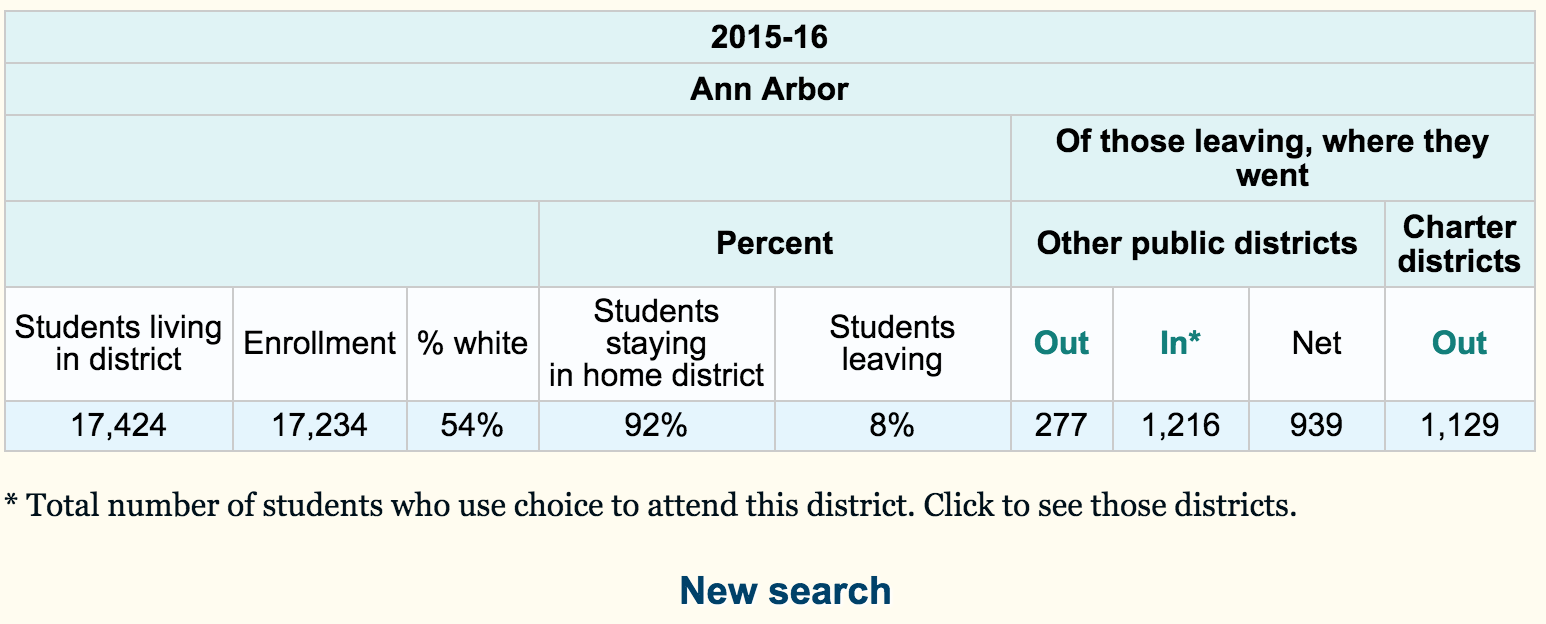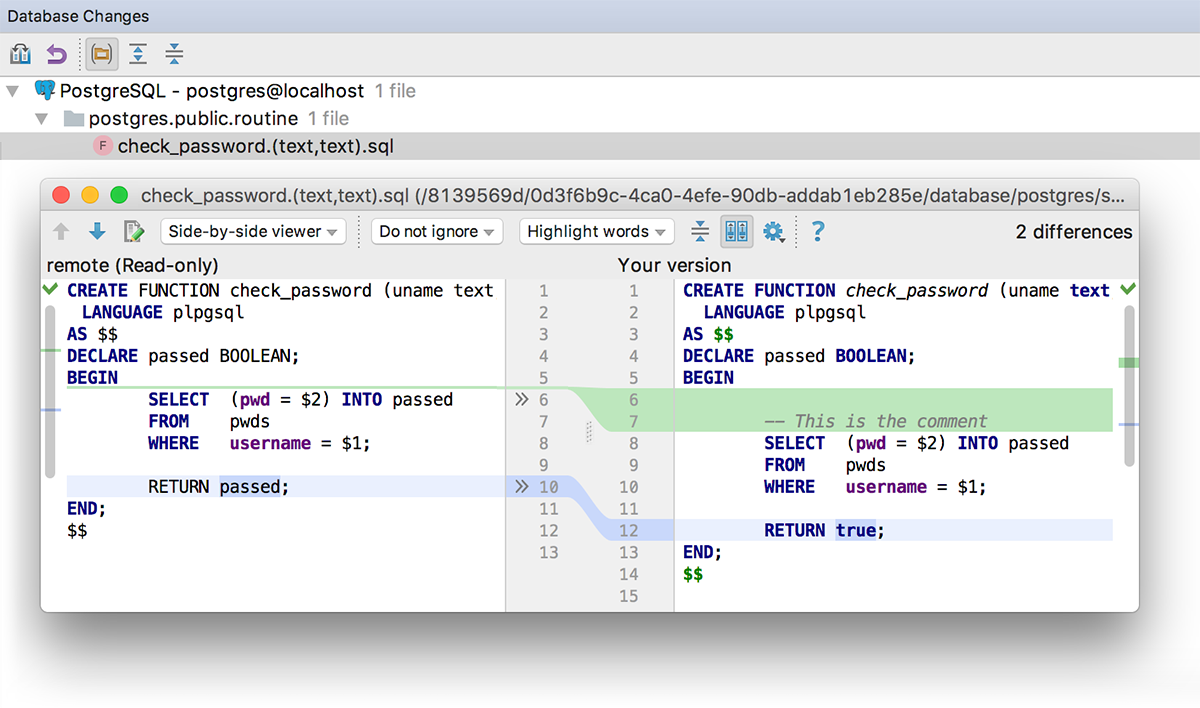Note Collation cannot be changed after database has been created on Azure SQL Database. In This Topic.


Hello, We are using MS-Access as our backend database. Already the database is in production environment. Now we need to change some table names in the Ms-Access Database. Please help me to change the table names in MS-Access database programmatically or through query execution.
Before you begin:. To set or change the database collation, using: Before You Begin Limitations and Restrictions. Windows Unicode-only collations can only be used with the COLLATE clause to apply collations to the nchar, nvarchar, and ntext data types on column level and expression-level data.
They cannot be used with the COLLATE clause to change the collation of a database or server instance. If the specified collation or the collation used by the referenced object uses a code page that is not supported by Windows, the Database Engine displays an error. Collation cannot be changed after database has been created on Azure SQL Database.

Recommendations. You can find the supported collation names in and; or you can use the system function. When you change the database collation, you change the following:.
Any char, varchar, text, nchar, nvarchar, or ntext columns in system tables are changed to the new collation. All existing char, varchar, text, nchar, nvarchar, or ntext parameters and scalar return values for stored procedures and user-defined functions are changed to the new collation.
The char, varchar, text, nchar, nvarchar, or ntext system data types, and all user-defined data types based on these system data types, are changed to the new default collation. You can change the collation of any new objects that are created in a user database by using the COLLATE clause of the statement. This statement does not change the collation of the columns in any existing user-defined tables.
These can be changed by using the COLLATE clause of. Security Permissions CREATE DATABASE Requires CREATE DATABASE permission in the master database, or requires CREATE ANY DATABASE, or ALTER ANY DATABASE permission.
ALTER DATABASE Requires ALTER permission on the database. Using SQL Server Management Studio To set or change the database collation. In Object Explorer, connect to an instance of the SQL Server Database Engine, expand that instance, and then expand Databases. If you are creating a new database, right-click Databases and then click New Database. If you do not want the default collation, click the Options page, and select a collation from the Collation drop-down list. Alternatively, if the database already exists, right-click the database that you want and click Properties.
Click the Options page, and select a collation from the Collation drop-down list. After you are finished, click OK. Using Transact-SQL To set the database collation. Connect to the Database Engine. From the Standard bar, click New Query.
Copy and paste the following example into the query window and click Execute. This example shows how to use the clause to specify a collation name. The example creates the database MyOptionsTest that uses the Latin1General100CSASSC collation. After you create the database, execute the SELECT statement to verify the setting. USE master; GO IF DBID (N'MyOptionsTest') IS NOT NULL DROP DATABASE MyOptionsTest; GO CREATE DATABASE MyOptionsTest COLLATE Latin1General100CSASSC; GO -Verify the collation setting. SELECT name, collationname FROM sys.databases WHERE name = N'MyOptionsTest'; GO To change the database collation.
Connect to the Database Engine. From the Standard bar, click New Query. Copy and paste the following example into the query window and click Execute.
Climate Change Database
This example shows how to use the clause in an statement to change the collation name. Execute the SELECT statement to verify the change. USE master; GO ALTER DATABASE MyOptionsTest COLLATE FrenchCIAS; GO -Verify the collation setting. SELECT name, collationname FROM sys.databases WHERE name = N'MyOptionsTest'; GO See Also.
Database Changes In Agile
This question comes up from time to time and the short answer is that this information cannot be reliably obtained by any one method for the simple reason that it is not necessarily recorded. For MyISAM tables you can use the query Phil posted. I don't know about any of the others but for InnoDB at least there is no query that will return the information you want. In this case you might consider using triggers to record the timestamp in a table whenever the data is changed but realistically the performance loss will most likely be greater that just going ahead with the dump. I found this metod, from I'm not sure if it could help you, since i'm not so prepared in MySql Get the database size, free space and last update To get the current database size just by querying into your query browser or CLI from the INFORMATIONSCHEMA database in table TABLES. SELECT tableschema 'Data Base Name', sum( datalength + indexlength ) / 1024 / 1024 'Data Base Size in MB' FROM informationschema.TABLES GROUP BY tableschema; Get the database free space SELECT tableschema 'Data Base Name', sum( datalength + indexlength ) / 1024 / 1024 'Data Base Size in MB', sum( datafree )/ 1024 / 1024 'Free Space in MB' FROM informationschema.TABLES GROUP BY tableschema; Get the database last update ordered by update time then by create time. SELECT MAX(UPDATETIME), MAX(CREATETIME), TABLESCHEMA FROM `TABLES` GROUP BY TABLESCHEMA ORDER BY 1, 2.